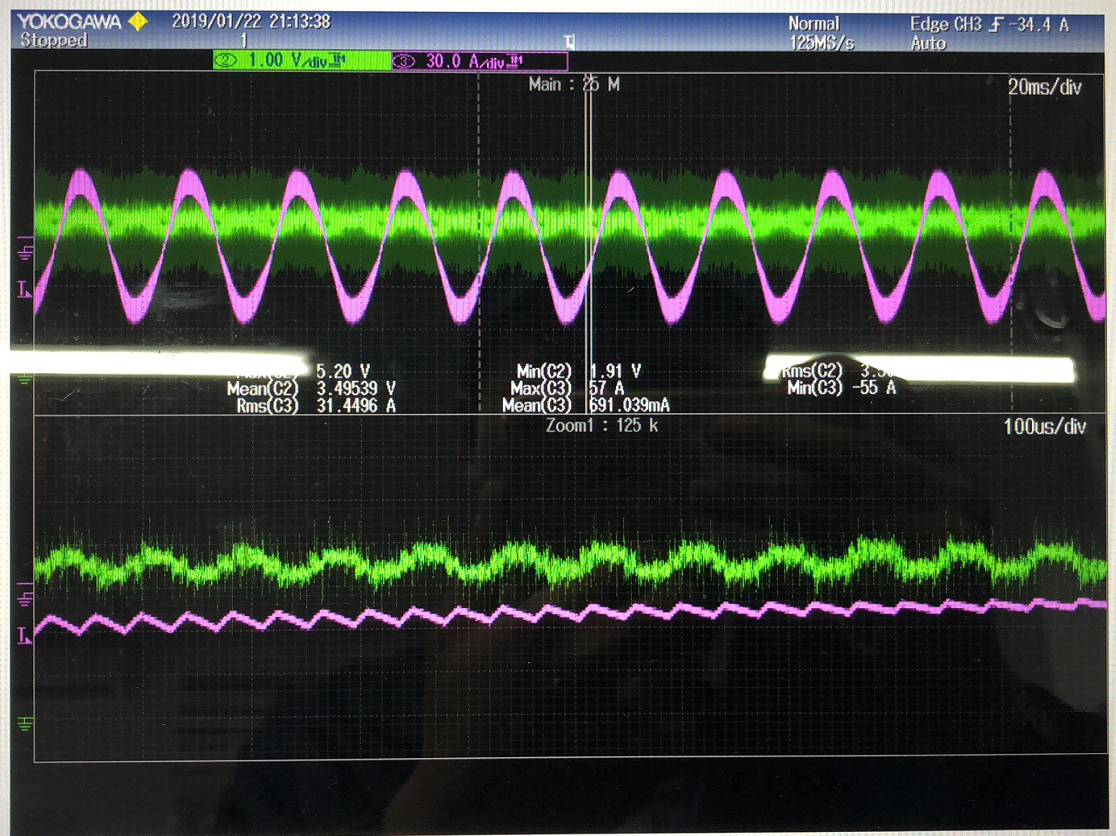Other Parts Discussed in Thread: TPS560200
Hi team,
My customer found that with internal voltage regulator, the decoupling capacitance minimum value TI recommends is 20uF, however they use 4*2.2uF for long time before. They would like to know what's influence if keep using the 4*2.2uF capacitors?
What we could suggest them in this condition? Thanks!
Best Regards/Rayna





